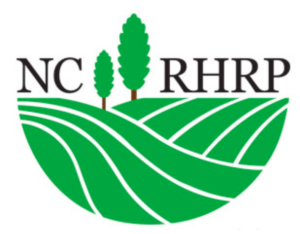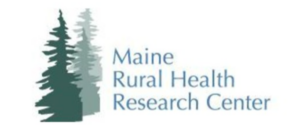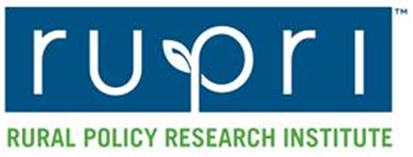
This study assesses how, among behavioral health clinicians working in rural safety net practices, the amount of exposure to care in rural underserved communities received during training relates to confidence in skills important in their work settings, successes in jobs and communities, and anticipated retention. The summary provides a quick overview of the study published in the Journal of Rural Health.
View the Study Summary here.
About PRISM
PRISM is a collaborative of State Primary Care Offices, Offices of Rural Health, Area Health Education Centers and other organizations that have partnered to collect data to identify and document outcomes to enhance the retention of clinicians. Through its design, this collaborative approach builds shared interest, cooperation and group wisdom in best practices to promote retention among the states.
PRISM provides a standardized and state-of-the-art way for states to gather real-time data from clinicians as they serve in States’ and the National Health Service Corps’ (NHSC) loan repayment, scholarship and other incentive programs. This retention data gathering system routinely surveys clinicians as they serve in these public programs to provide quality, consistent, real-time, convenient and ongoing data to inform the management and retention of clinicians in service programs.
PRISM is a complex, longitudinal data gathering system that incorporates the data collection, analysis and dissemination expertise of the Cecil G. Sheps Center for Health Services Research. State offices can easily enter, track and manage retention questionnaires.
PRISM training and technical assistance is provided by 3RNET, supported through a contract with the National Rural Health Association with funds from the US Health Resources and Services Administration (HRSA). State collaborative members pay an annual fee to support enhancements to PRISM.
For more information contact Jackie Fannell




 Among findings from the Maine Rural Health Research Center: rural adults aged 18-64 are more likely than their urban counterparts to visit the emergency department in a given year; socio-demographics associated with higher rates of non-urgent ED use by rural residents include younger age, fair or poor mental and physical health, low income, public insurance coverage, and lower access to primary care.
Among findings from the Maine Rural Health Research Center: rural adults aged 18-64 are more likely than their urban counterparts to visit the emergency department in a given year; socio-demographics associated with higher rates of non-urgent ED use by rural residents include younger age, fair or poor mental and physical health, low income, public insurance coverage, and lower access to primary care.
